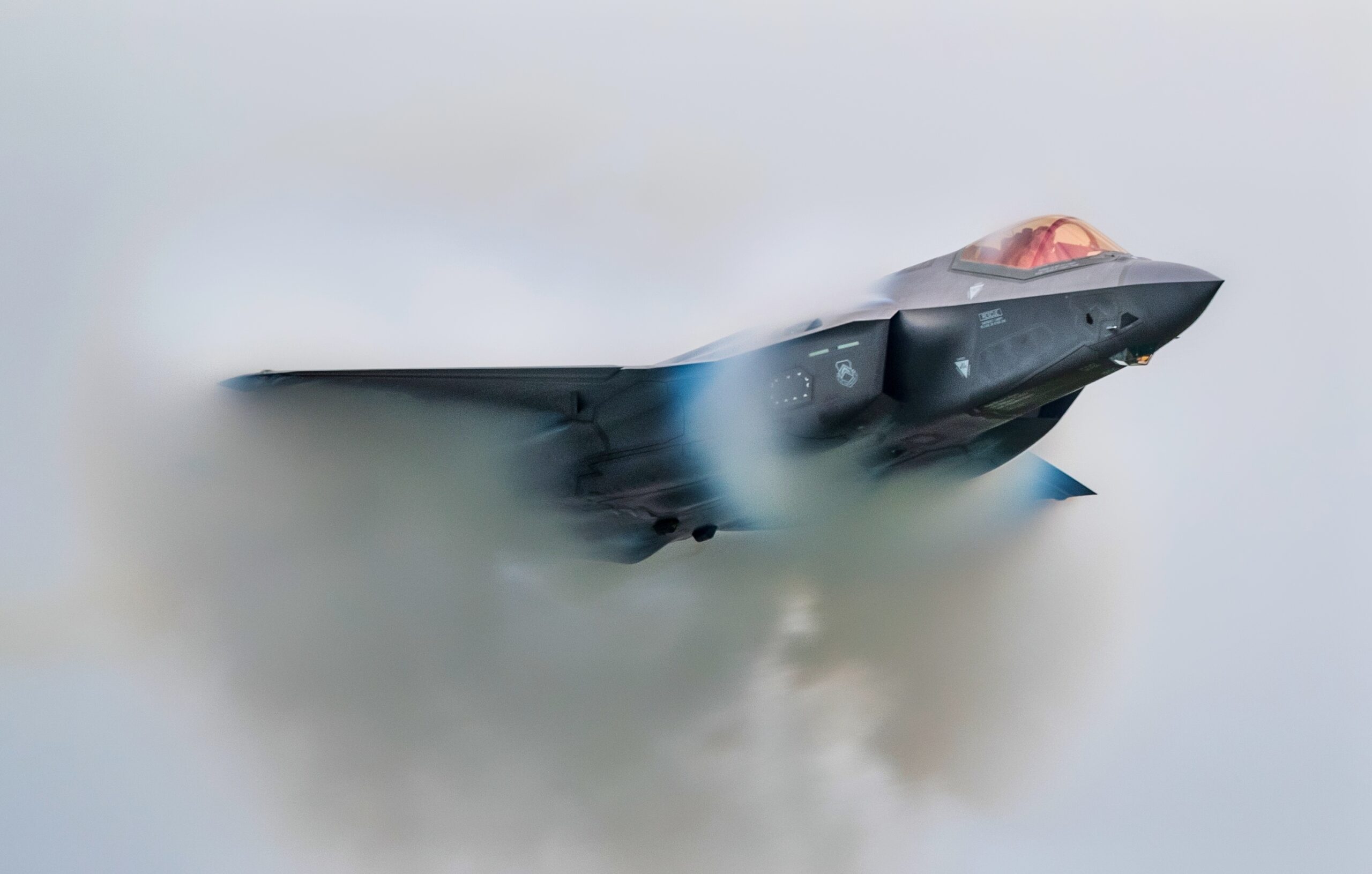Summary: Romania is set to become the 20th nation operating Lockheed Martin’s advanced F-35 stealth fighter jets, bolstering NATO’s eastern flank and presenting a strategic setback for Russia.
-As part of enhanced NATO defense investments spurred by Russia’s invasion of Ukraine, Romania is acquiring 32 F-35s, supported by nearly $1 billion in U.S. military financing.
-This significant upgrade not only boosts Romanian military capabilities but deepens diplomatic ties with the U.S.
-However, continued American military support under the Trump administration remains uncertain, potentially shifting U.S. strategic priorities toward Asia and challenging NATO allies to quickly finalize defense purchases before policy shifts.
The F-35 Heads Closer to Russia
Vladimir Putin miscalculated in many ways during the Ukraine War. His military has performed dreadfully; he underestimated the determination of the Ukrainians, and he did not foresee that the NATO alliance would become more assertive and not weaker. One aspect of the war has been increased military spending among NATO members. Romania is one member investing more in defense, and now it will soon have F-35 stealth jets stationed close to Russia, jabbing another thorn in Putin’s side.
F-35 Coming Soon to Romania
Lockheed Martin announced last fall that Romania would receive the F-35 and become the “20th member of the F-35 global alliance.” Romania is acquiring 32 of the fifth-generation jets.
Officially, this means that the Eastern European nation has signed a “Letter of Acceptance” for a foreign military sale approved by the U.S. State Department.
“We are pleased to welcome Romania into the F-35 enterprise,” said Lt. Gen Mike Schmidt, director and program executive officer of the F-35 Joint Program Office. “The integration of the F-35 Lightning II aircraft into the Romanian Air Force will significantly strengthen NATO’s deterrence capabilities by providing unmatched strategic, operational, and tactical advantages. The F-35 Joint Program Office is dedicated to continuing a strong relationship with Romania, ensuring a successful transition and providing comprehensive support for their pilots and maintainers as we move forward together on this great effort.”
Renewed Level of ‘Fighter Plane Diplomacy’
This deal is an example of “fighter plane diplomacy.” Twenty countries flying the F-35 is more than Lockheed Martin probably envisioned with the U.S. Department of Defense when it created the Joint Strike Fighter program.
Military sales of this magnitude can bring two countries closer together and show that the United States has confidence in the Romanian military. This agreement will require more material and assistance than just airplanes. The Romanians will need spare parts and maintenance training, and Romanian pilots will likely visit the United States to learn to fly the F-35. That’s fine with the Pentagon.
Give Romania a Large Loan for Military Purchases
The F-35 purchase is not the only way the United States and Romania increase ties.
In September 2024, the U.S. State Department announced another promising development and an action that likely cemented the F-35 deal.
The United States will loan Romania a whopping $920 million in Foreign Military Financing to bolster defenses. Some of this will go toward the F-35 agreement, which will also allow the Romanians to buy more F-16s to integrate with the stealth fighters.
Plus, Romania can purchase M1 Abrams tanks for better ground warfare capabilities.
NATO Allies Are ‘Improving the Foxhole’
Russia could have never foreseen this development, and Putin must be frustrated that NATO allies keep “improving the foxhole” and bolstering their militaries for common defense and mutual security assurances.
If it comes to the negotiating table to end the war, Ukraine will also demand more security guarantees from the United States and NATO. Foreign military financing and sales are a big part of what they will require for peace.
This All Depends on the Trump Effect
The next steps with Romania will depend on the Donald Trump administration. The State Department, under new Secretary Marco Rubio, has frozen most international developmental aid through the agency USAID.
Does this mean military assistance would be halted, too? If so, that is a questionable decision that would hurt Romania, Ukraine, and other NATO members.
If the United States wants to operate from a position of strength in Europe, it must keep the purse strings open for allies. New Secretary of Defense Pete Hegseth keeps repeating his mantra of making the U.S. military more lethal. With stronger allies and more fighter plane diplomacy, deterrence against Russia can be improved.
The Romanian military assistance agreement was constructed when Joe Biden was president, and he had a robust commitment to the alliance. It remains to be seen whether the Americans under Trump will grant the same level of support to countries like Romania when China poses the more significant threat, according to U.S. strategists.
Thus, fighter plane diplomacy may focus more on Asia and not Europe. We’ll see how this “Pivot to Asia 2.0” strategy develops under Trump. It may mean that NATO members should place orders for F-35s as quickly as possible before military assistance to Europe becomes a thing of the past.
About the Author: Dr. Brent M. Eastwood
Brent M. Eastwood, PhD is the author of Don’t Turn Your Back On the World: a Conservative Foreign Policy and Humans, Machines, and Data: Future Trends in Warfare plus two other books. Brent was the founder and CEO of a tech firm that predicted world events using artificial intelligence. He served as a legislative fellow for U.S. Senator Tim Scott and advised the senator on defense and foreign policy issues. He has taught at American University, George Washington University, and George Mason University. Brent is a former U.S. Army Infantry officer. He can be followed on X @BMEastwood.

